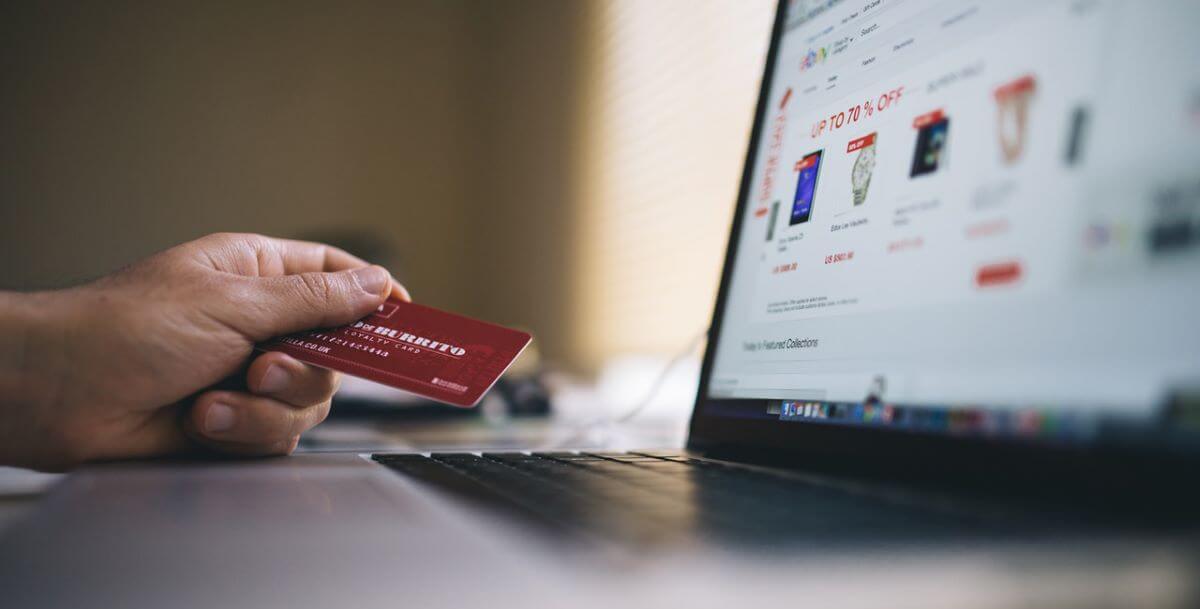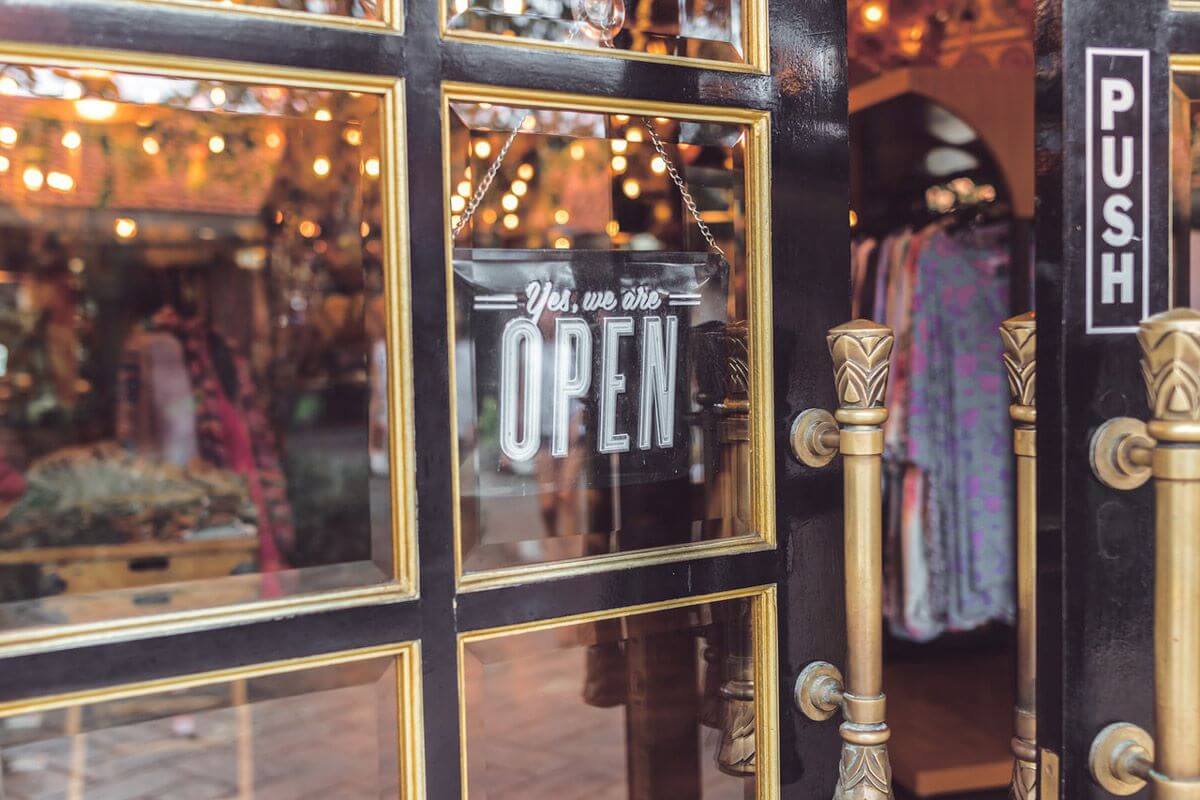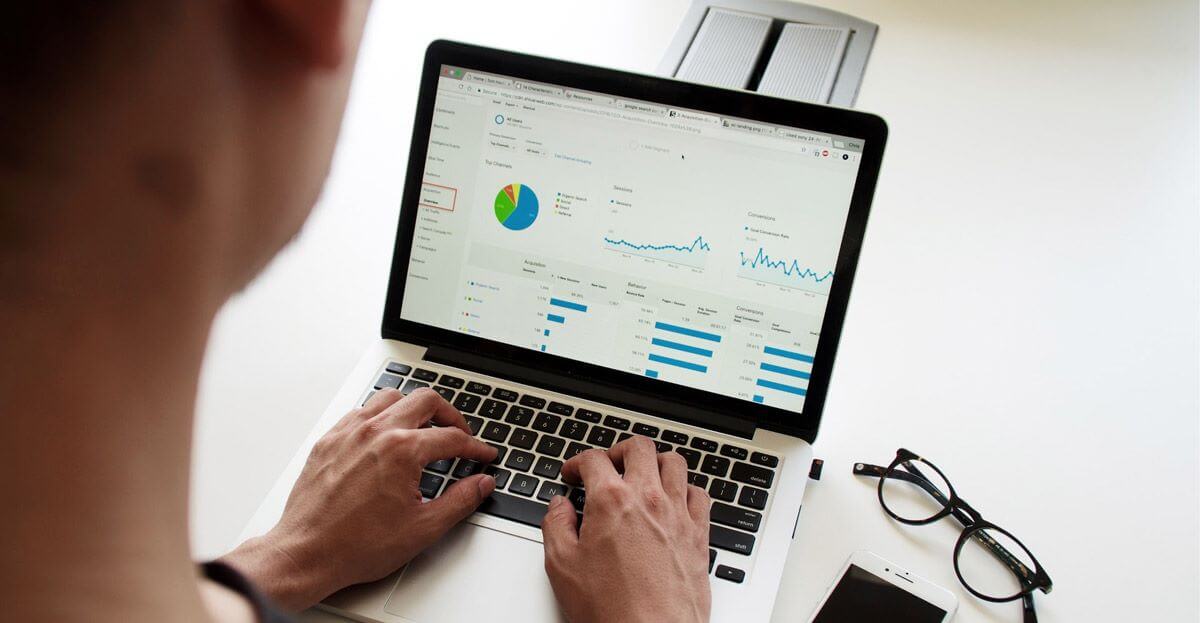9 steps for starting an online business the right way

A lot of people believe that starting an online business is something very complicated and expensive. They're wrong.
You don't need a huge budget, you don't need to know every nook and cranny of the business world, you don't need a mind-blowing website, you don't need design skills, you don't need to immediately get 100 sales a day.
What you do need is a good idea. Once you have that, the rest is just going through the manual steps to start your online business. And those steps are neither difficult nor expensive. In this guide, we'll explore each step you need to take and put you on the road to your first sale.
What do you need for an online business?
You need an idea, a product, an online store, you need to figure out shipping and payments, and then, once your store is live, you just need to do some marketing and optimization.
Is it expensive? Not at all. Thanks to website builders like Mozello, you don't have to worry about big expenses for web developers and designers. Easily build the online store yourself, add your products, and… that's it. It has never been more affordable to start your own online business.
Let's explore the 9 steps you need to take to start your business the right way.
Part I: What will you sell?
Step 1: Idea
If you're reading this, chances are you already have an idea, which is fantastic. But, if you don't, then coming up with one isn't difficult. It doesn't have to be anything extraordinary or even original. After all, 500,000 businesses are opened each month - how many of them do you think are based on an original idea? Probably not that many.
The best ideas tend to surface when people look inwards. What are your interests? What are you knowledgeable about? Is there a problem you've encountered in your day-to-day activities that you could solve for yourself and others? What groups do you belong to and what niches are you an expert in?
Developing a business idea around your personal interests will not only mean that you're knowledgeable about what you're creating, but it will also help you stay motivated and interested in the long term.
Check out this guide on 5 ways to find a profitable business idea to make sure you start off right.
Step 2: Research
Once you have an idea (or multiple), you need to make sure it's viable. Is there a demand for your store? How serious is the competition? At what point do you expect to turn a profit?
One great tactic is to immediately search for potential competitors - people who have already created something similar to what you have in mind. If you find any competitors, that's already a good sign - it means there's likely demand for your idea!
Next up, closely analyze how your competitors are doing. Are their stores well-made? Do they have negative reviews? Are people complaining about them online? Are they missing something crucial that you can offer? Try to find the opportunities where your store can outshine theirs and note them down.
But don't just look at the negatives, find the positives as well, and incorporate them into your research. Perhaps they have a great website structure or a clever marketing strategy. Read the positive reviews, as well as the negatives, to find out what their customers appreciate and value. Is everyone saying thanks for incredible delivery times? Then it's probably something your store will need as well.
Step 3: Source your product
So, you have an idea and it has potential. At this point, you need to make sure you'll be able to obtain or create the product you're about to sell. Whether you need to get in touch with a manufacturer, create that digital product, join an affiliate program, or something else - before proceeding make sure you'll have something to sell.
You don't actually have to invest anything yet, as you don't need to stock up on the product. Simply make sure that you can obtain the product when the first sale comes.
Part II: Setting up
Step 4: Build your store
Once you've figured out what you're selling and know where to source your products from, it's recommended to get your store up and running, and the sooner, the better. There's no point spending endless days on perfecting the design, the texts, the look, the feel of your store. That part comes later. First, you need to understand whether there's a demand for your product and the best way to do that is to launch your store ASAP.
Even if you do everything right, there's still a possibility that your business idea doesn't work out. So it's better to launch your store, validate your idea, and improve the store afterward, rather than spend lots of time, energy, and resources perfecting the store before even knowing if things are going to work out.
You can have a nice and functional online store live in under 2 hours - all you have to do is follow this guide. In it, we talk about how to register for Mozello, how to design your website, how to add products, how to add shipping and other info, as well as how to add payment methods.
Step 5: Shipping
Unless you're dropshipping or selling digital products, you'll need to think about shipping. Prices can vary a lot, depending on things like the weight of your product, where you ship to, and the speed of delivery.
In the earliest stages, you don't need a full shipping strategy. While you're still getting your first sales and verifying your business idea, shipping things just like you would a personal parcel is fine. However, once your business is blooming, you'll need fast, reliable, and cost-effective shipping.
Make sure to find a solution that works for you - the first places to look for shipping solutions are your local post office or, with the growing popularity of parcel machines, services like Omniva can be a great way to ship your products both in the early stages of your business, as well as when it reaches maturity.
Again, if you're struggling with this - take a look at what your competitors offer. Those will be the shipping methods and strategies that customers are used to and so they'll be expecting the same from you.
Step 6: Payments
The other important task related to building your website is setting up payment methods so your customers can actually purchase your products.

Mozello is compatible with all the most popular payment methods including PayPal, bank transfers, cash payments on delivery, as well as card payments. Setting up a payment method takes only a few minutes and it's super straight-forward. The only thing that you should note is that to activate card payments, you first have to create an account in one of the supported payment platforms (e.g. Stripe) and then connect it to Mozello.
Part III: Optimize & market
Step 7: Final polish & launch
You've got a website, payments are set up, you're ready to ship products - it's time to give your website a final run-through and then launch!
Again, you don't need to dive too deep into it. Just check the following: make sure there are no typos, go through the purchasing flow and check if everything is in order, check all your pages - is your contact info updated?
Once you've done your checks, ask a friend or family member to do the same - run through your website and test if everything works. A fresh eye could catch some issues that you might have missed.

With the final tests complete, it's time to “officially” launch the store - congratulations! Now it's time to make some money.
Step 8: Attract traffic
Your store is live, but you won't get any sales if people don't know about it. Start out by leveraging your existing connections to get your first sale. Turn to social media, friends, family - people that will give you feedback if something goes wrong.
If everything works fine, then it's time to expand with some digital marketing. Digital marketing, in short, means using digital channels such as social media, Google, paid ads, and others to attract visitors to your store.
Check out these articles and learn everything you need to know to grow your business via digital marketing:
- How to get traffic to your website: Introduction to online marketing
- Introduction to paid search engine advertising, PPC and AdWords
- How to get visitors to your website without being annoying
- Why your website and online store are the core of digital marketing [and how to use them effectively]
Step 9: Improve your website based on data
Now that your store is live and your idea is validated, it's time to put all your energy into improving it as much as possible to make sure more people buy from you.
You can start by improving the text throughout your website. You can make better product photos and improve their descriptions. You can use these psychology tricks to play around with pricing. You can start building an email list. You can start creating a blog.
All of these things can contribute to more sales.

More importantly, by connecting your store to Google Analytics you can now make data-informed improvements. You can see where your visitors are coming from, you can see their demographics and interests, you can see how many visit specific pages, you can compare website performance for different periods, and so much more.
This allows you to react accordingly - are your visitors mostly middle-aged white men? Then maybe use middle-aged male models in your ads. Are lots of people getting to the checkout page, but then not finishing the purchase? Then perhaps people don't like the shipping options you offer.
In short, once you have data, you can make informed changes that matter the most. But don't forget about general improvements and best practices as well:
- 9 small things to do on your website that yield big results [free printable checklist included]
- 5 tips for improving your e-commerce performance
Conclusion
And just like that - you've got an online business! Now, you need to continue to do all the steps in part III - market your website, get feedback & data, improve your store. As you iteratively improve and grow your store, the more profitable it's going to be.
As you can see, starting your own online business is neither difficult nor expensive, as long as you do it the right way. Ready to give it a shot? Create your online store here.
